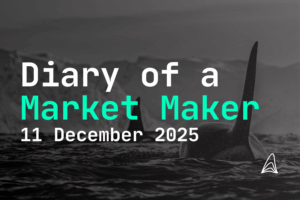
ERC-20 Token? Ethereum's Most Important Token Standard
- Jakob Brezigar
- Last updated: 15.June 2024
- Reading time: 9 min
Imagine a world where digital tokens are as common as emojis 😍😜🔥 in a teenager’s text message. In this world, ERC-20 tokens are the superstars, making the rounds in the crypto universe. Now, what exactly is an ERC-20 token? It’s a standard for creating and issuing digital tokens on the Ethereum blockchain, ensuring they play nicely in the vast playground of Ethereum-based projects. In short, ERC-20 tokens are the universal language of Ethereum applications.
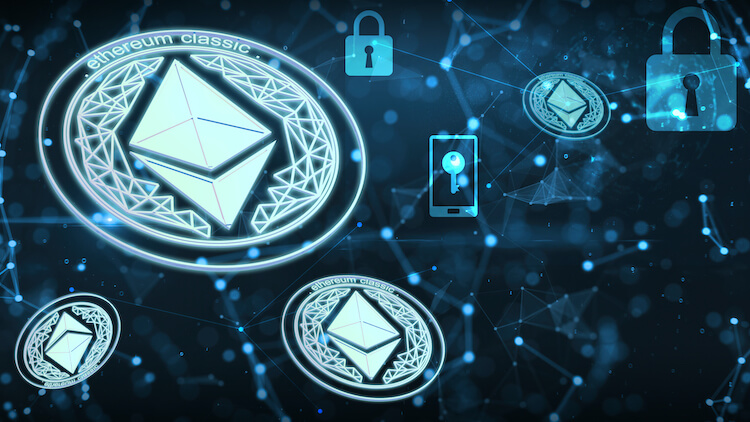
Table of Contents
What is ERC20 token?
ERC-20 tokens are a type of cryptocurrency built on the Ethereum Blockchain. They are digital tokens that adhere to a technical standard, which allows them to be used to create smart contracts, smart property, or tokenized assets for investing. ERC stands for “Ethereum Request for Comment,” and the ERC20 standard was implemented in 2015.
Is Ethereum a ERC20 token?
Ethereum is the native cryptocurrency of the Ethereum network and is not an ERC20 token itself. However, most tokens on Ethereum are ERC20-compliant, making it a popular token protocol standard for developers to create new tokens and for users to interact with them.
Is ERC20 a token or coin?
ERC-20 is a token standard for fungible tokens on Ethereum, representing anything from shares in a company to virtual assets in a game. It follows a set of rules and guidelines, providing an API for tokens within Smart Contracts. Therefore, it is not a coin but a token.
Key Takeaways - ERC-20 Token:
- ERC-20 tokens are fungible, represent a variety of items and have functions that enable integration with other contracts, wallets and marketplaces.
- Creating an ERC-20 token requires preparing a Solidity smart contract & implementing the necessary ERC-20 functions to ensure compliance with Ethereum blockchain.
- Popular use cases for ERC 20 Tokens include DeFi platforms, gaming and tokenized asset trading. Users can purchase them on exchanges provided they have compatible wallet & funds.
Understanding ERC-20 Tokens
ERC-20 tokens are created on the Ethereum blockchain. They adhere to a set technical standard, making them fungible. These ethereum tokens have gained prominence due to their ability to represent a wide array of items such as:
assets
rights
ownership
access
cryptocurrencies
On the Ethereum network, an ethereum improvement proposal plays a crucial role in the development and growth of the platform, often addressing an ethereum request from the community. The ethereum virtual machine is an integral part of this network, enabling the execution of smart contracts.
The ERC-20 standard outlines a set of functions that all ERC-20 tokens must implement to ensure seamless integration with other contracts, wallets, and marketplaces. The birth of this token standard has not only revolutionized the cryptocurrency space but also paved the way for various real-world applications.
The Birth of ERC-20 Standard
Fabian Vogelsteller proposed the ERC-20 standard in November 2015 as a solution to the problems caused by non-standardized tokens on the Ethereum blockchain. The introduction of this standard marked a turning point in the cryptocurrency space, as it enabled developers to create and manage tokens in a more streamlined and efficient manner.
The ERC-20 standard became widely adopted during the 2017 Initial Coin Offering (ICO) boom, leading to the creation of numerous tokens on the Ethereum blockchain. This development further reinforced its pivotal role in the Ethereum ecosystem.
Key Features of ERC-20 Tokens
ERC-20 tokens’ key features are a suite of functions and events ensuring compatibility, interoperability, and scalability within the Ethereum environment. This standardization has made it easier for developers to create tokens with various use cases, ranging from representing digital currencies to tokenizing real-world assets.
Some of the essential functions and events of ERC-20 tokens include the ability to transfer crypto tokens, approve tokens, and verify token balances. These features have made ERC-20 tokens an indispensable element in the cryptocurrency market, setting the stage for continued innovation and growth.
An Entertaining Token Buying Librarian David Story
David, a reserved librarian with a hidden passion for llamas, accidentally stumbled upon a token marketplace while researching rare books. With a clumsy click, he unknowingly purchased a llama token. Panicked, he attempted to undo the transaction but instead ignited a frenzy among llama enthusiasts worldwide. As bids soared, David’s anxiety transformed into disbelief—he had inadvertently stumbled upon a goldmine. Now, he manages his virtual llama empire from the quiet confines of his library, attending virtual auctions in llama-themed attire. His colleagues tease him about his llama obsession, but David chuckles knowing he’s become an accidental token mogul.
Creating an ERC-20 Token
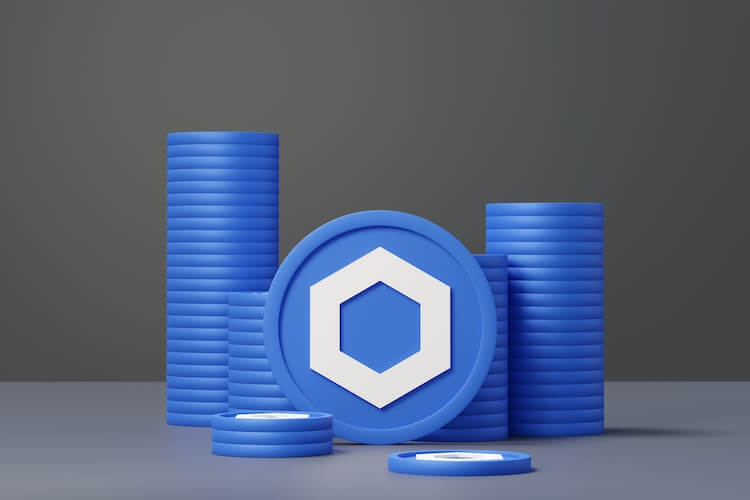
Creating an ERC-20 token involves two main steps: preparing a smart contract and implementing the ERC-20 functions. The smart contract, written in Solidity programming language, serves as the foundation of the token and is responsible for managing its behavior, including creating tokens.
After preparing the smart contract, the subsequent action is to implement the requisite ERC-20 functions, enabling the token to interact with other contracts and platforms on the Ethereum blockchain. This process ensures that the token adheres to the ERC-20 standard and can be seamlessly integrated into the broader Ethereum ecosystem.
Preparing the Smart Contract
Preparing the smart contract is the initial step in creating such a token. This involves:
Defining mapping objects, which store the token balance of each owner account
Defining the accounts authorized to withdraw from a given account
Defining the withdrawal amount allowed for each account
Additionally, the total number of tokens must be set at the contract creation time, and all tokens must be initially assigned to the contract owner’s account. This initial assignment ensures that the contract owner has full control over the token supply and can distribute it accordingly.
Implementing ERC-20 Functions
After the smart contract has been prepared, the subsequent step is to implement the ERC-20 functions. These functions include:
balanceOf
totalSupply
transfer
transferFrom
approve
allowance
By implementing these functions, the ERC-20 token can interact with other contracts, wallets, and platforms on the Ethereum blockchain.
The ERC-20 token standard includes several functions for managing token balances and transfers:
balanceOf: allows checking token balances
transfer: enables transferring tokens between accounts
transferFrom: allows transferring tokens on behalf of another account
approve: authorizes delegates for token withdrawal
allowance: checks the amount of tokens a delegate is allowed to withdraw
These functions provide a secure and efficient means of managing token transfers and withdrawals.
Interacting with ERC-20 Tokens
Interacting with ERC-20 tokens is a straightforward process, thanks to the standardized set of functions and events. Users can easily check their token balances, transfer tokens between accounts, and authorize delegates for token withdrawal.
This simplicity has made ERC-20 tokens an attractive option for developers and users alike, enabling a wide range of applications and use cases.
Checking Token Balances
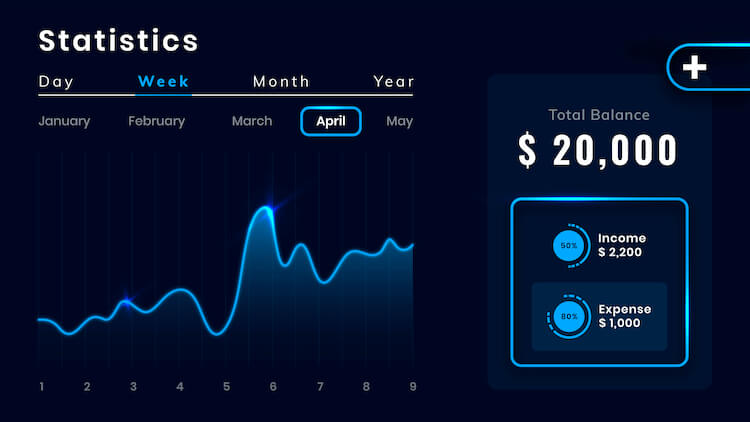
The balanceOf function simplifies the process of checking token balances by returning the current token balance of an account identified by its owner’s address. By calling this function, users can easily view their token balance in a specific Ethereum wallet address, ensuring they have an accurate understanding of their holdings and can make informed decisions about transferring or trading their tokens.
With this knowledge, users can confidently manage their tokens and make sure their funds are secure.
Transferring and Approving Tokens
Another key aspect of interacting with ERC-20 tokens is transferring and approving tokens. The transfer function allows token owners to transfer tokens from their balance to another user’s balance, while the approve function enables owners to grant permission to a delegate account to withdraw tokens from their account and transfer them to other accounts, typically in a token marketplace setting.
By utilizing these functions, users can securely and efficiently manage their token holdings, ensuring a seamless experience when interacting with ERC-20 tokens.
How do you transfer ERC20 tokens to an exchange?
As a representative of Orcabay, I’m pleased to provide a step-by-step guide on transferring ERC20 tokens to an exchange. This process is crucial for users looking to trade or manage their digital assets on various platforms.
Step 1: Access Your Wallet: First, log in to your digital wallet where your ERC20 tokens are stored. We recommend wallets like MetaMask or Ledger for their ease of use and accessibility.
Step 2: Select the Token: Navigate to the list of assets in your wallet and select the ERC20 token you wish to transfer. Ensure you have enough tokens for the transfer and consider transaction fees.
Step 3: Enter Exchange Address: Go to your exchange account and find the deposit section for the specific ERC20 token. Copy the deposit address provided by the exchange.
Step 4: Initiate the Transfer: Return to your wallet, click on ‘Send’, and paste the exchange’s deposit address. Double-check the address for accuracy to avoid any errors.
Step 5: Confirm Transaction Details: Enter the amount of ERC20 tokens you want to transfer. Be mindful of the gas fees, which vary depending on the Ethereum network congestion.
Step 6: Execute the Transfer: After verifying all details, confirm and execute the transfer. The tokens will be moved from your wallet to the exchange account.
SafeMath Library and Security Considerations

Dealing with ERC-20 tokens necessitates a focus on security, with the SafeMath library playing a critical role in safeguarding token contracts from potential integer overflow attacks.
In addition to using the SafeMath library, developers need to be aware of common security risks, such as re-entrancy attacks and integer overflow. By understanding these risks and implementing appropriate measures, developers can ensure the safety and security of their ERC-20 tokens.
Integrating SafeMath Library
Integrating the SafeMath library into ERC-20 token contracts involves the following steps:
Import the SafeMath library into your contract.
Use the library’s functions to perform arithmetic operations safely.
Before executing any arithmetic action, test for overflow using the library’s functions. By following these steps, you can ensure that your token contracts operate securely and as intended, safeguarding against integer overflow attacks.
Some common security risks associated with ERC-20 tokens include re-entrancy attacks, integer overflow attacks, and front-running. Re-entrancy attacks occur when a malicious contract is able to call back into the calling contract before the initial function call is completed, potentially causing unexpected behavior.
Integer overflow attacks involve attempting to store a number that exceeds the allocated memory space, resulting in unexpected behavior that can be exploited by malicious actors.
Front-running is a type of attack where a malicious actor can accurately predict or manipulate the order of transactions to gain an advantage. By being aware of these risks and following best practices, developers can mitigate potential security vulnerabilities and protect their token contracts.

Numerous popular ERC-20 tokens, each with its unique set of use cases and applications, have emerged in recent years. These tokens include stablecoins like Tether (USDT), utility tokens such as Chainlink (LINK), and governance tokens like Uniswap (UNI).
The versatility of ERC-20 tokens has facilitated their adoption in various sectors, including decentralized finance (DeFi), gaming, and tokenized assets, showcasing the potential of this token standard to revolutionize the broader cryptocurrency landscape.
Some of the top ERC-20 tokens by market cap include:
Tether (USDT), a stablecoin pegged to the US dollar
Chainlink (LINK), a decentralized oracle network that enables smart contracts to securely access off-chain data feeds
Binance Coin (BNB), the native token of the Binance cryptocurrency exchange
These tokens represent some of the most successful and widely-used ERC-20 tokens in the market, highlighting the diverse range of applications and use cases that can be achieved through this token standard.
ERC-20 tokens have found various real-world applications, such as decentralized finance (DeFi) platforms, which offer users access to financial services like lending, borrowing, and trading without the need for a centralized intermediary. Additionally, ERC-20 tokens can be used in gaming applications to create digital assets such as in-game items, virtual currencies, and other digital assets.
Tokenized assets, another application of ERC-20 tokens, involve creating digital representations of real-world assets like real estate or artwork, allowing for more accessible and efficient trading and ownership of these assets. These diverse applications showcase the potential and versatility of ERC-20 tokens in revolutionizing various industries and markets.

With the continuous evolution of the cryptocurrency landscape, new tokens standards and blockchain platforms have surfaced as alternatives to the ERC-20 standard. These alternatives offer additional features and capabilities, providing developers with more options for creating and managing tokens on different platforms.
By splitting text into paragraphs, it becomes easier to read and understand. Paragraphs help
BEP-20 is a token standard on Binance Smart Chain (BSC) that extends the widely-used ERC-20 token standard on Ethereum. BEP-20 offers greater efficiency in terms of transaction speed and fees, as well as more options in terms of token design.
The compatibility of BEP-20 tokens with Ethereum-based tokens makes it an attractive alternative for developers looking to leverage the benefits of both platforms.
In addition to BEP-20, other emerging token standards such as ERC-721 and ERC-1155 offer new functionalities and improvements over the ERC-20 standard. ERC-721 enables the creation of non-fungible tokens (NFTs), which can represent unique digital assets such as artwork or collectibles.
On the other hand, ERC-1155 allows for the generation of both fungible and non-fungible tokens, making it more efficient than ERC-20 and ERC-721 by enabling the creation of multiple tokens in a single transaction.
These emerging token standards showcase the continued innovation and growth potential in the cryptocurrency and blockchain space.
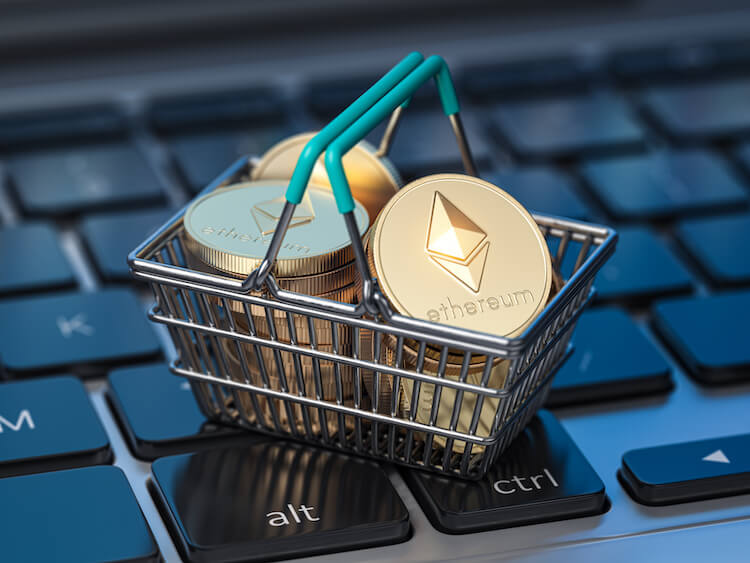
The purchase, storage, and trading of ERC-20 tokens require the use of various cryptocurrency exchanges, wallets, and trading platforms. These tools enable users to easily acquire, store, and manage their ERC-20 tokens, ensuring a seamless experience when interacting with these digital assets.
Purchasing ERC-20 Tokens
Users can purchase ERC-20 tokens on various exchanges such as Crypto.com, with different payment methods including credit cards, bank transfers, or other cryptocurrencies.
To buy ERC-20 tokens, users need to create an account on the exchange, deposit the tokens to be traded, and submit an order to buy the desired tokens. It is important to ensure that users have a compatible wallet and sufficient funds before purchasing ERC-20 tokens, as well as to be aware of the fees associated with trading on the exchange.
Storing and Managing ERC-20 Tokens
To store and manage ERC-20 tokens, users need to use software or hardware wallets that support the ERC-20 standard, such as MetaMask, MyEtherWallet, or Ledger. These wallets ensure secure storage and easy management of tokens, allowing users to transfer, receive, and store their tokens with ease.
It is essential to keep private keys secure, as they are the only way to access security tokens, and to back up the wallet to prepare for any unforeseen circumstances.
In conclusion, ERC-20 tokens have emerged as a pivotal component of the cryptocurrency landscape, providing a standardized and versatile framework for creating and managing digital assets on the Ethereum blockchain. With a wide range of applications and use cases, ERC-20 tokens have revolutionized various sectors, from decentralized finance to gaming and tokenized assets. As new token standards and blockchain platforms continue to emerge, the potential for innovation and growth in the cryptocurrency space remains limitless. By understanding and utilizing ERC-20 tokens, users can harness the power of this revolutionary token standard to shape the future of digital currencies.
ERC-20 tokens are a type of cryptocurrency built on the Ethereum Blockchain. They are digital tokens that adhere to a technical standard, which allows them to be used to create smart contracts, smart property, or tokenized assets for investing. ERC stands for “Ethereum Request for Comment,” and the ERC20 standard was implemented in 2015.
Disclaimer: The information provided in this article is for informational purposes only and does not constitute financial, investment, or other professional advice. All opinions expressed herein are solely those of the author and do not represent the views or opinions of any entity with which the author may be associated. Investing in financial markets involves risk, including the potential loss of principal. Readers should perform their own research and consult with a licensed financial advisor before making any investment decisions. Past performance is not indicative of future results.

Jakob Brezigar
Jakob, an experienced specialist in the field of cryptocurrency market making, boasts an extensive international presence. With Orcabay, he has skillfully managed major operations and deals for a wide array of global stakeholders.


